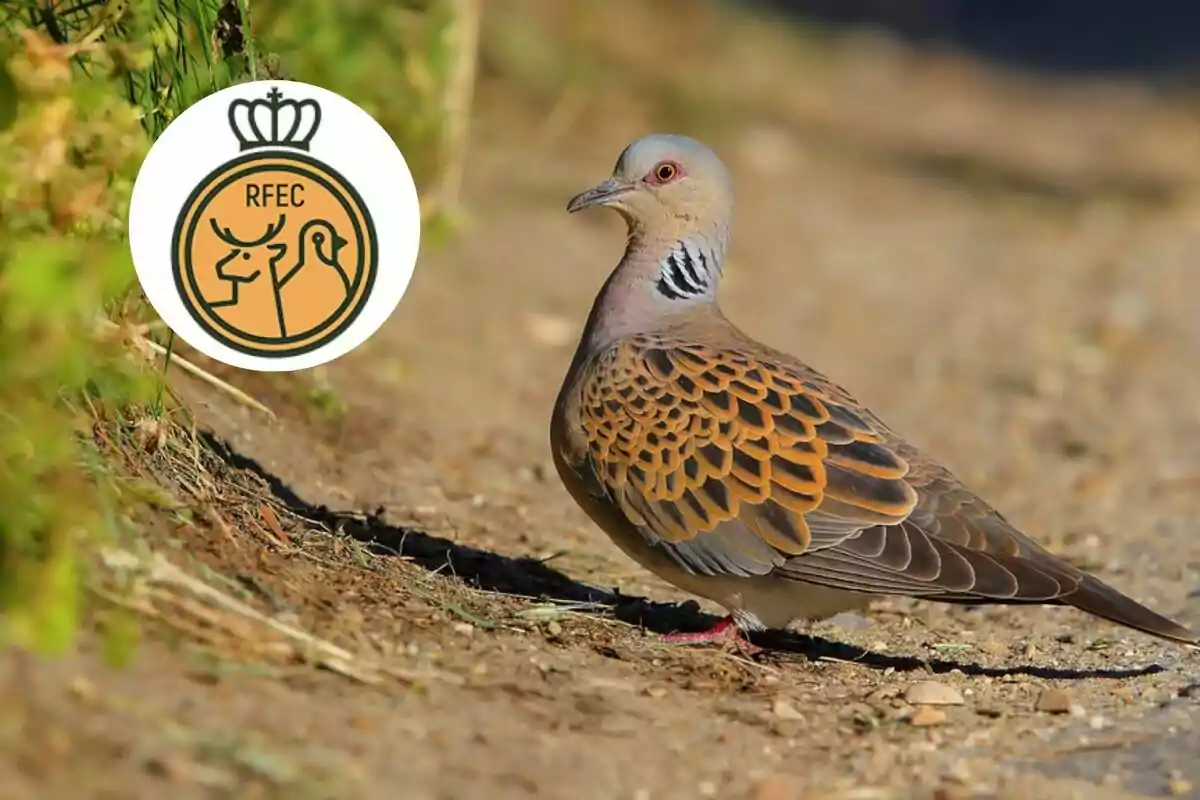
Setback to Environmentalism: Europe Confirms That Spain Meets Requirements to Hunt Turtledoves
The efforts of administrations and hunters yield a sustainable capture rate of 1.5% of the population
The NADEG committee, composed of experts on the European Commission's Birds and Habitats Directives, concluded in its meeting last Tuesday that the three essential conditions for sustainable hunting of the European turtle dove on the western migratory route are met. Thus, it gave the green light to the reopening of its hunting for the 2025/26 season, recommending a harvest rate of 1.5%.
This report highlights the efforts made by countries like France, Italy, and especially Spain, whose work in areas such as monitoring, regulation of captures, and habitat improvement aimed at the species' recovery has been widely recognized by experts.
The committee emphasized that Spain has clearly demonstrated its contribution to the increase in the turtle dove population, especially through habitat management, reaching 30% of the required target. Thanks to this, and based on the maximum capture rate, Spain has been preliminarily granted the possibility to resume hunting starting from the next half-closed season.
In the next NADEG committee meeting, scheduled for April 1, the European Commission will present member countries with a document containing the final allocation of quotas and recommendations on hunting, with the member states' governments ultimately making the final decision.
MAPA Has Already Agreed with RFEC to Coordinate a Sustainable Hunting Strategy for the Turtle Dove
In a recent meeting, officials from Spain's Ministry of Agriculture, Fisheries and Food (MAPA) shared with the Royal Spanish Hunting Federation (RFEC) the guidelines that will allow the calculation of the total captures at the national level, as well as the distribution of quotas among the Autonomous Communities. This distribution will take into account both historical captures and current abundance indices.
Additionally, MAPA, in collaboration with the autonomous regions, has implemented control measures to ensure that the capture of the common turtle dove is carried out appropriately, establishing tagging procedures and a minimum surveillance effort in hunting areas.
The proposal has also detailed the spatial and temporal criteria for hunting in each region, with a limit of four working days for the activity and the obligation to respect favorable habitats for the species, as well as the efforts made in their improvement.
RFEC has urged MAPA, in its role as coordinator among the regions, to press the regional governments to adapt and approve their hunting plans during this month of March, which would facilitate the consolidation of the recovery of European turtle dove hunting.
More posts: